Jenn is a Philadelphia-based designer, illustrator, and blogger. She teaches creatives how to design unique hand-drawn graphics via tutorials and e-courses. She’s always up for pizza or cookies. With support, She made the leap to work for herself at home in the fall of this year.
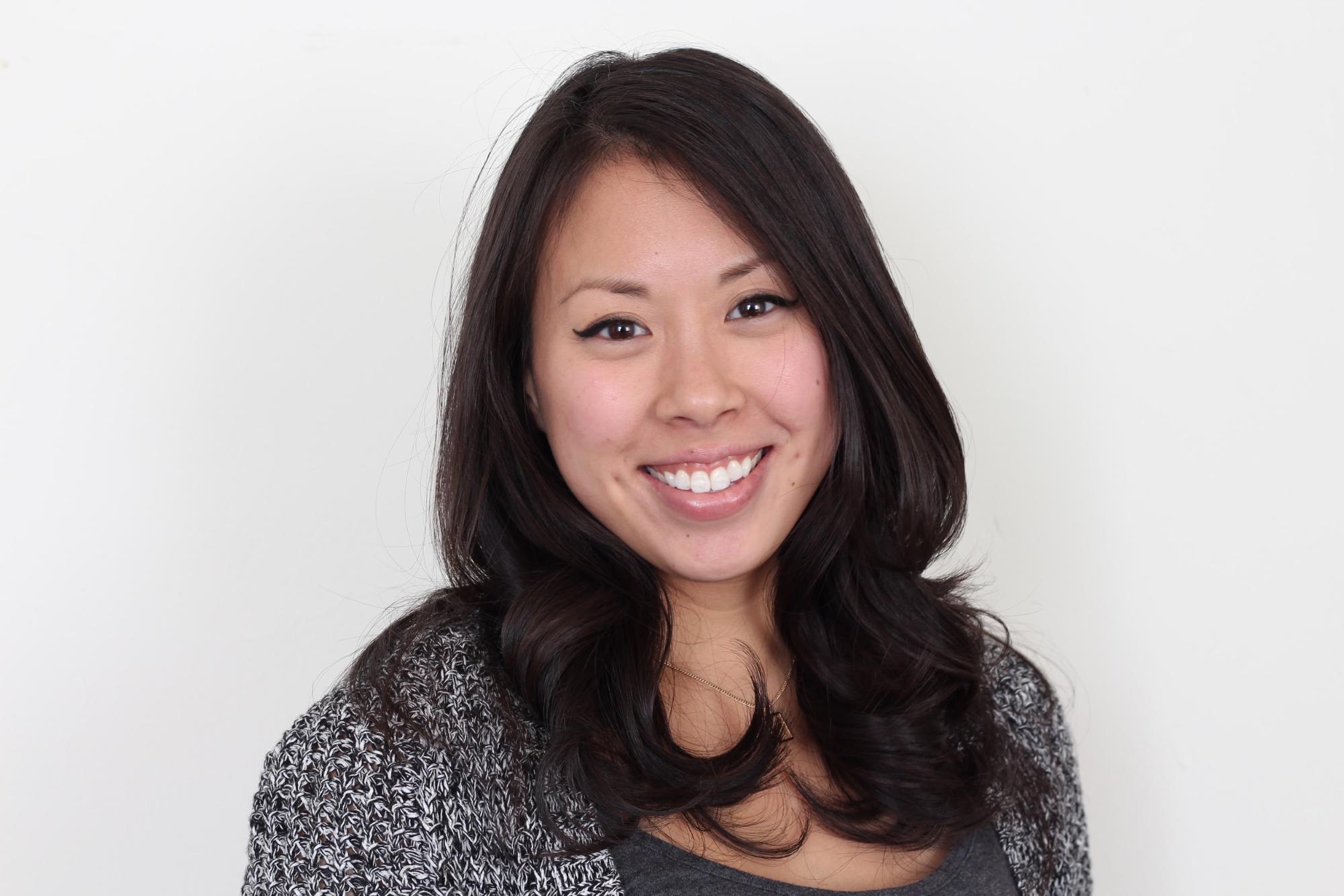
What is your background and how did you get into design?
Like a lot of designers, I have an indirect route into the design work I do today. I have a formal education in Interior Design and had a great internship during college, but unfortunately I graduated when a lot of people were being laid off because of the crash. So, I quickly found myself jobless and had to make-do working as a consultant at a paint store for a while, before my life got uprooted and I moved to the opposite coast. In California, I decided to apply for administrative jobs and found myself in a wonderful institution with great people—working on fundraising data. It was a great job and I was lucky to have it, but it wasn’t creative at all.
I needed a creative outlet. Around the same time, I discovered beauty blogging and jumped into that with my own blog, focusing on makeup tutorials and later on natural beauty. But the main idea with this: I learned how to launch and design my own blog on WordPress.org. The challenge was just what I needed, and soon I found myself churning on new blog designs for myself while I should’ve been sleeping. During that time, I learned so much about HTML, CSS, and designing for the web.
Shortly after that, the community of beauty bloggers I was close to started to notice my work, and they began to hire me to re-design their blogs. From there, my interest in beauty blogging waned, and my affinity for design grew even more. I moved back to Philadelphia after a few short years in California, where I continued to do freelance design work while I did social media and marketing for a graphic design company. After about a year, I got recruited to work as a UI designer for a financial company, which was huge for me since it was my first official web design job.
Now, I work for myself teaching courses and selling graphic design resources, all the while blogging and helping other creatives who have a passion for learning.
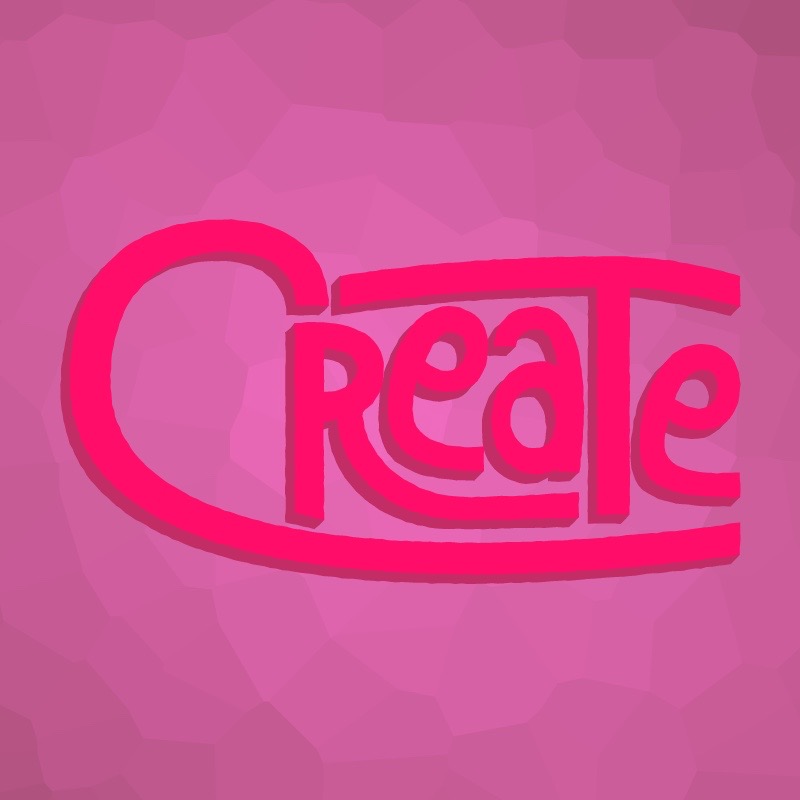
How do you describe what you do when you meet new people?
The self-description is always an interesting story. Nowadays, it feels more encapsulated than it has in the past—I’m a designer and blogger who teaches online courses. But if you talk to me for more than a minute, you’ll also find out that I publish weekly tutorials, create graphic design resources regularly, I’m a self-published author of a book about online dating, and I’ll also soon be a full-time mom.
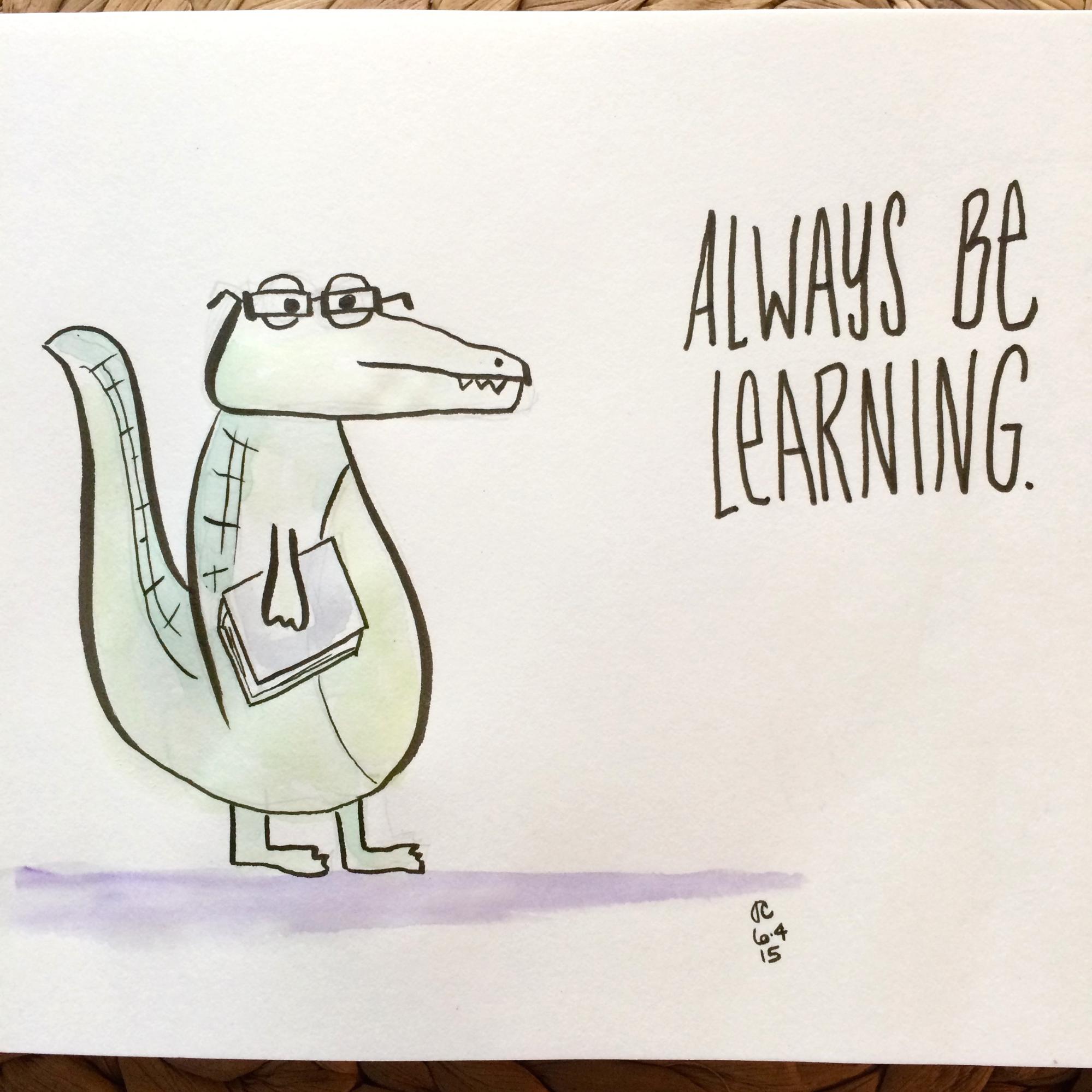
Would you give us a glance at your day? What is your workday like?
Now that I’ve been working for myself for two months, I have a very good system down. I wake up at 6 and prepare for the day and am sitting at my desk by 7. From there, I spend a few minutes journaling and then move on to email and administrative tasks for about an hour. Next, I move on to my big project for the day, whether that’s writing and recording that week’s tutorial, working on my next graphic design resource, or working on a new online curriculum. Some days I work straight through until 4 (with a lunch break of course), and other days I will fit in a workout after lunch. No matter what—the real work stops at 4pm for me. Oftentimes I will shift gears if I continue to “work” after dinner, i.e. I will draw at night or learn a new skill.
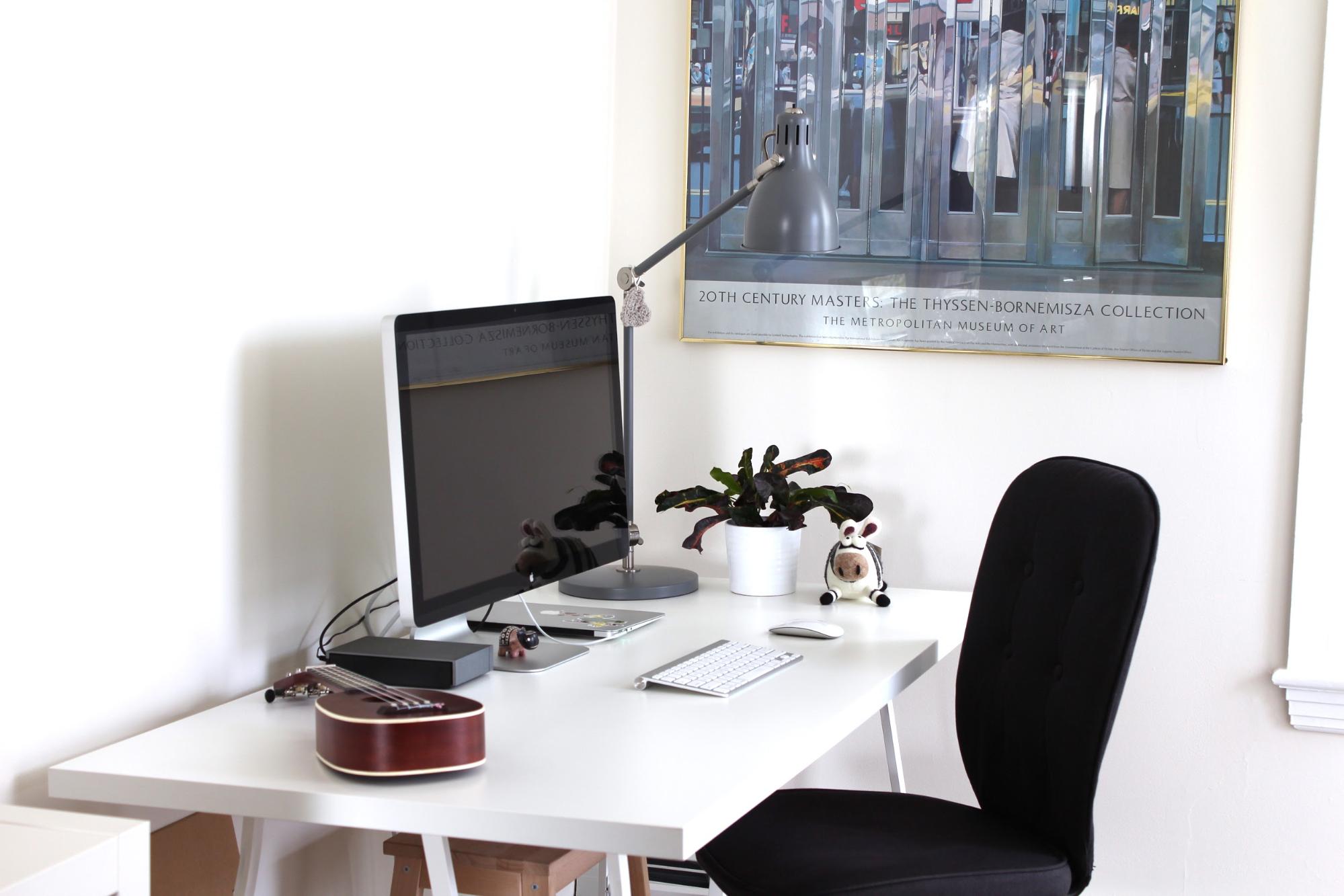
Over your career, what took you the most to learn, understand or master?
WordPress.org sites have been the most challenging aspect of my career, and also the most rewarding. The blogging platform is incredibly powerful in every aspect.
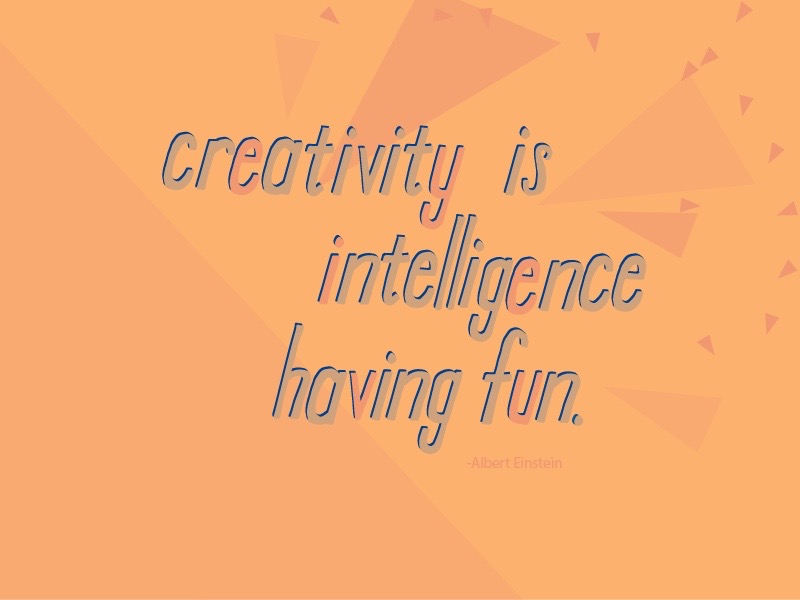
Who or what inspires and influences your work?
Currently, I am very much influenced by the blogs I read, the artists I follow on Instagram, and the people I follow on Twitter. I am most influenced by hand lettering artists and surface pattern designers at the moment.
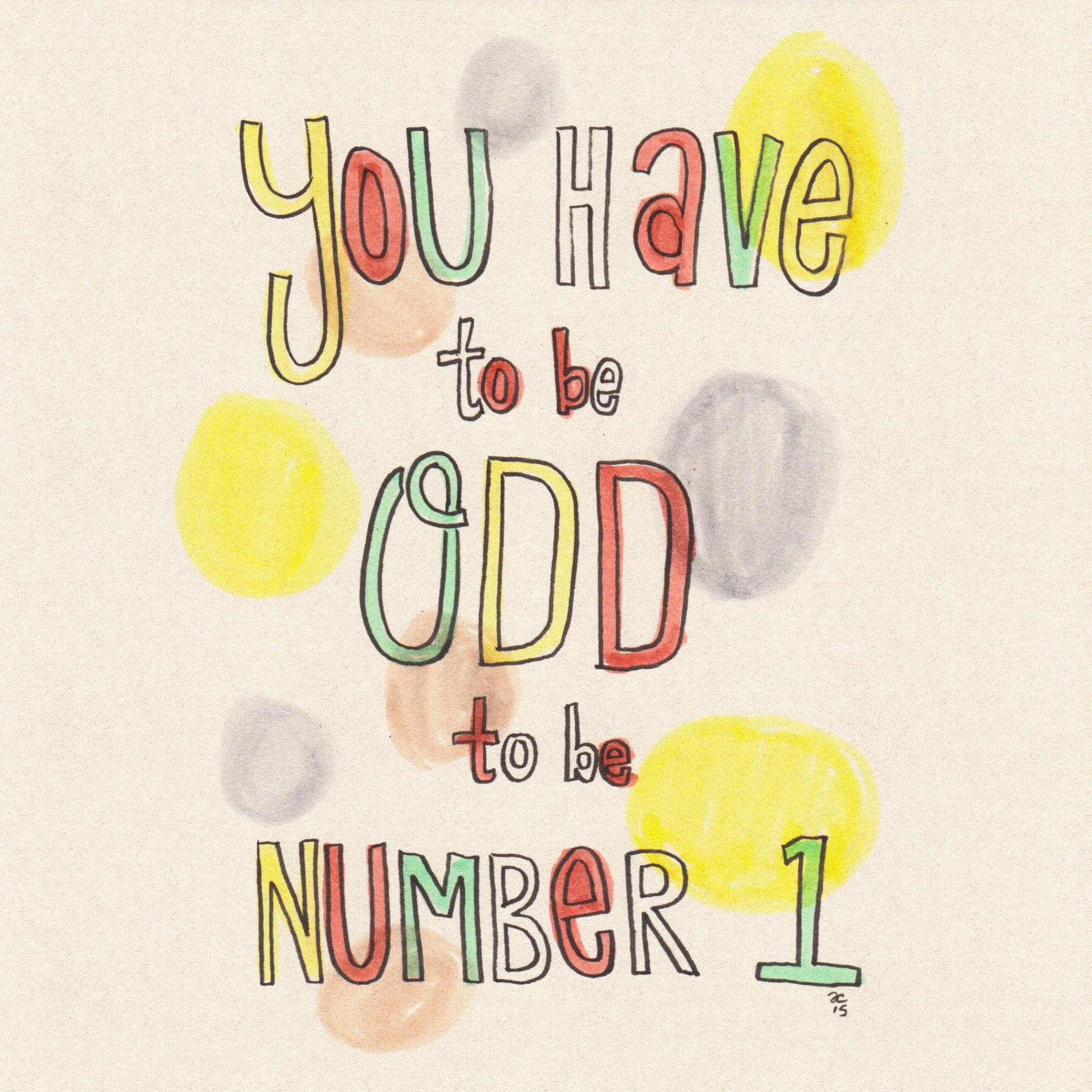
What is one project you are most proud of and what was the most challenging and rewarding part of it?
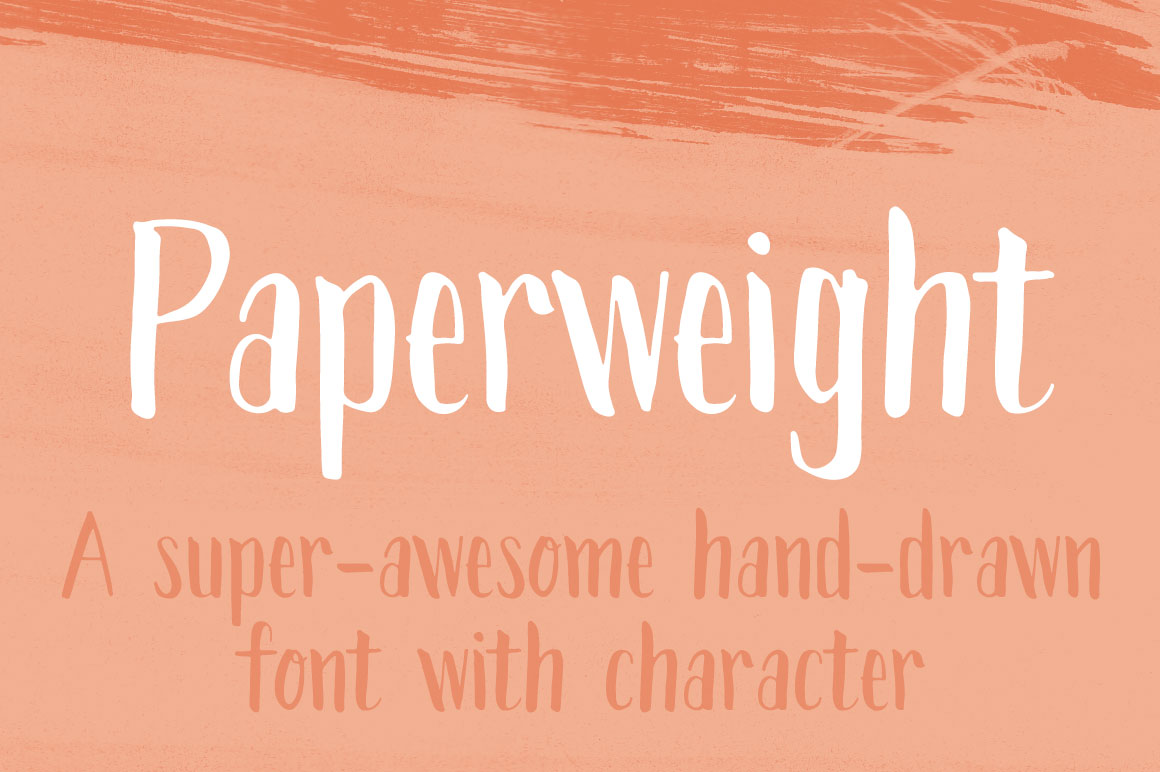
I am still most proud of my font, Paperweight. It was challenging to create as it was only my second go through the whole hand-drawn font-making process, but seeing the glyphs come together into a cohesive font was an amazing thing. While it wasn’t my first font, it is definitely my most prized font and lettering work thus far, and its popularity only proves that notion. The process was also rewarding because it enabled me to want to teach others how to make their own hand-drawn fonts.
You are engaged in a wide variety of projects, from designing hand-written fonts and writing a book on Dating to starting Hello Brio Studio and teaching at Skillshare. How do you prioritize your work and stay motivated?
While I was working full-time, prioritizing my work and staying motivated was easier said than done. In some ways, it was easier having something to work against, but in other ways, I was drained after work and didn’t have the energy to work on my projects in my spare time.
But no matter what—while I was working full-time, I used my plentiful days off to schedule time to work on projects. For example, I wrote, recorded, edited and published my first Skillshare class over a long weekend. For my dating book, I took a week off from work and wrote the bulk of the book within that week. For both of these projects, I knew I had to get the work done in that set amount of time.
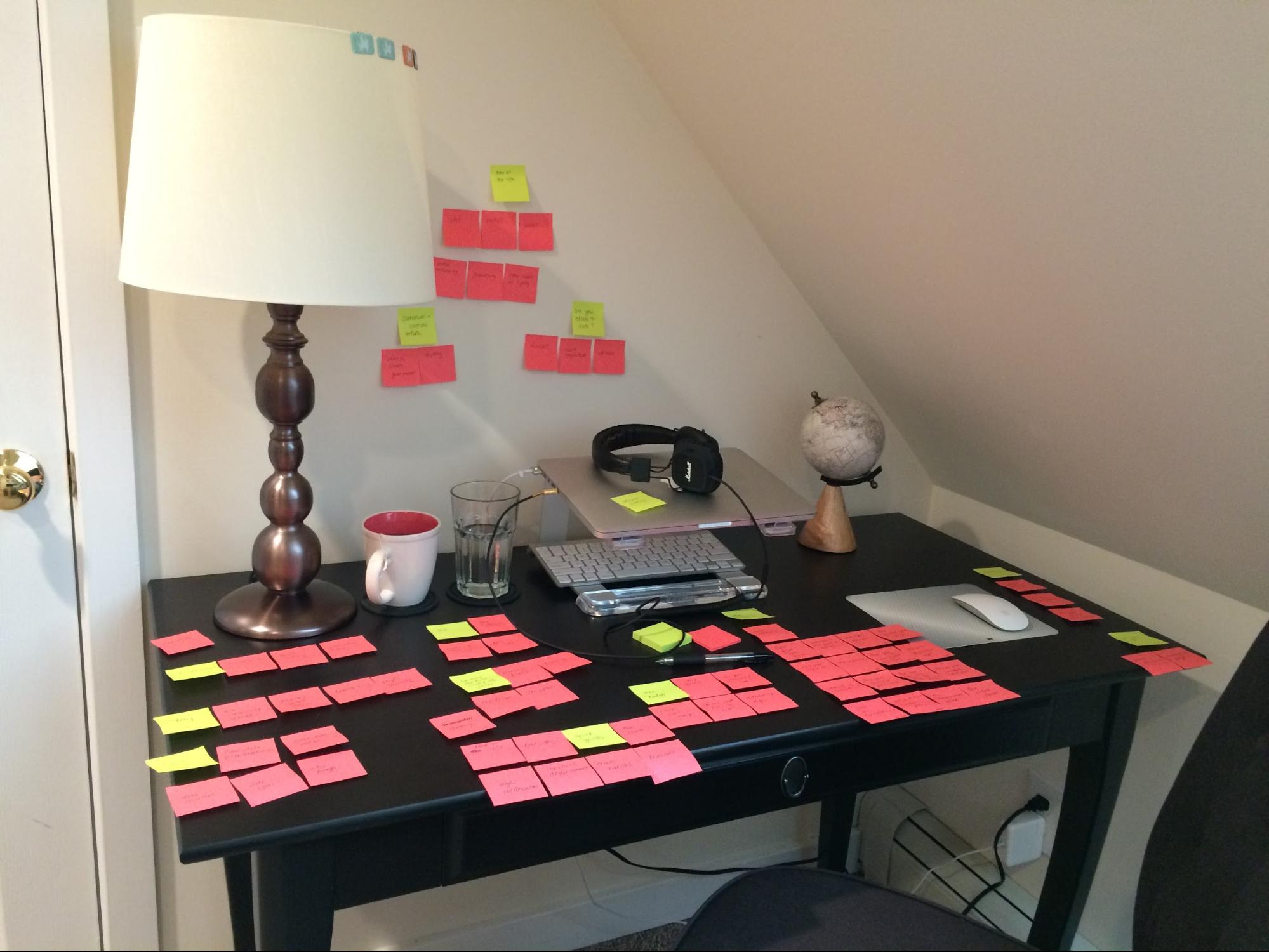
Even though I have a seemingly unlimited amount of time now that I’m working for myself, I still use the same deadline principles I used while I had to work against my full-time job: setting hard deadlines and ambitious goals.
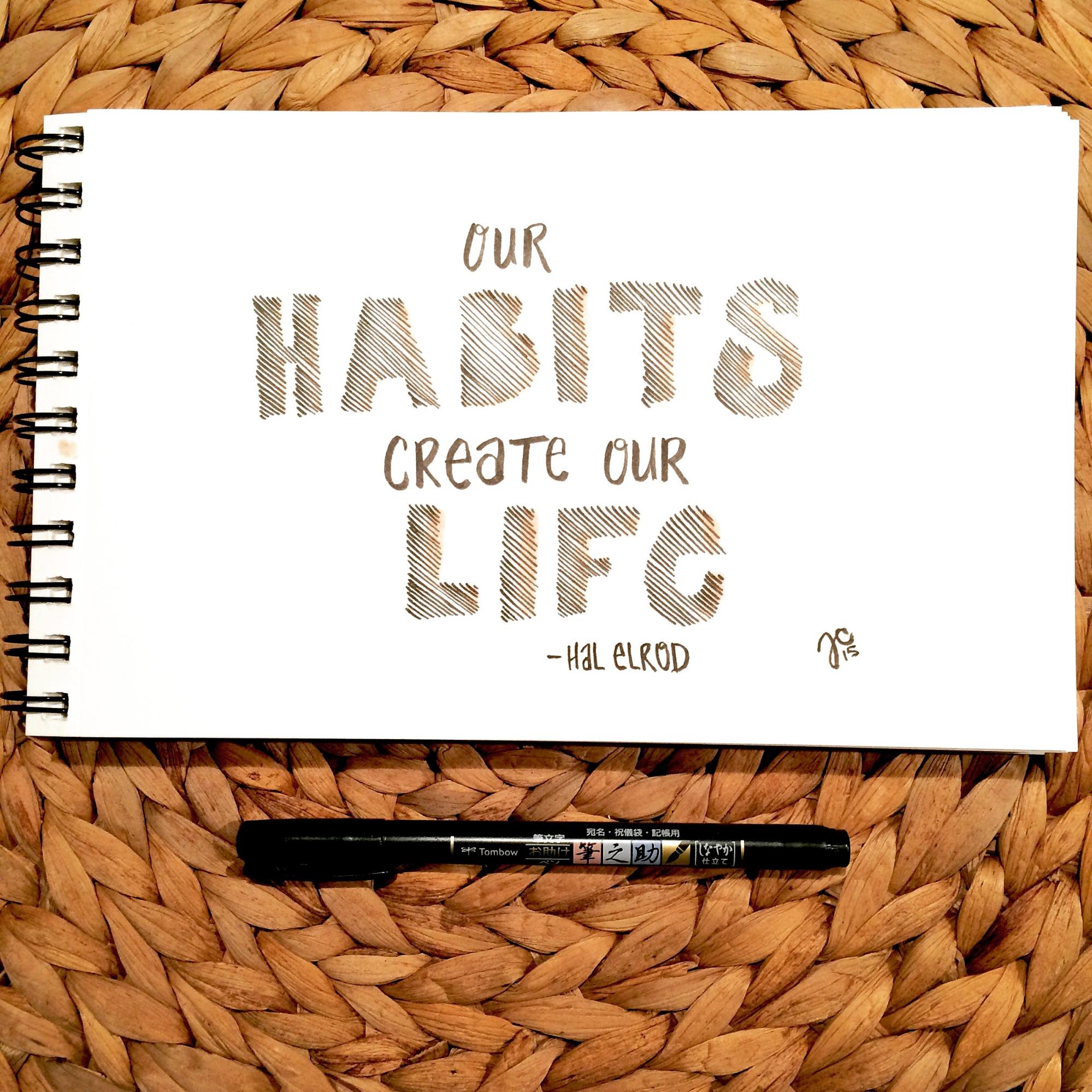
It’s easy for me to stay motivated not only because I love what I do, but also because I am working to help build a comfortable life for our future family.
How do you think your career and job will evolve over the next 5 years?
With a baby on the way, it’s hard to say. But overall, I envision a major shift into spending time on passive income projects that I’m most passionate about and that will be the most profitable. I currently work hard to only spend time on the most impactful projects that matter most, and I imagine that will only get more refined over the next five years.
If you could, what advice would you offer to your younger self?
I’d love to go back and tell myself, “Everything will work out just fine.” It was very easy to be anxious about the economic collapse, the overwhelming school debt, and the lack of a clear career path. With hard work (even if it’s on the side) and by listening to your gut instinct, you will eventually get to where you belong.
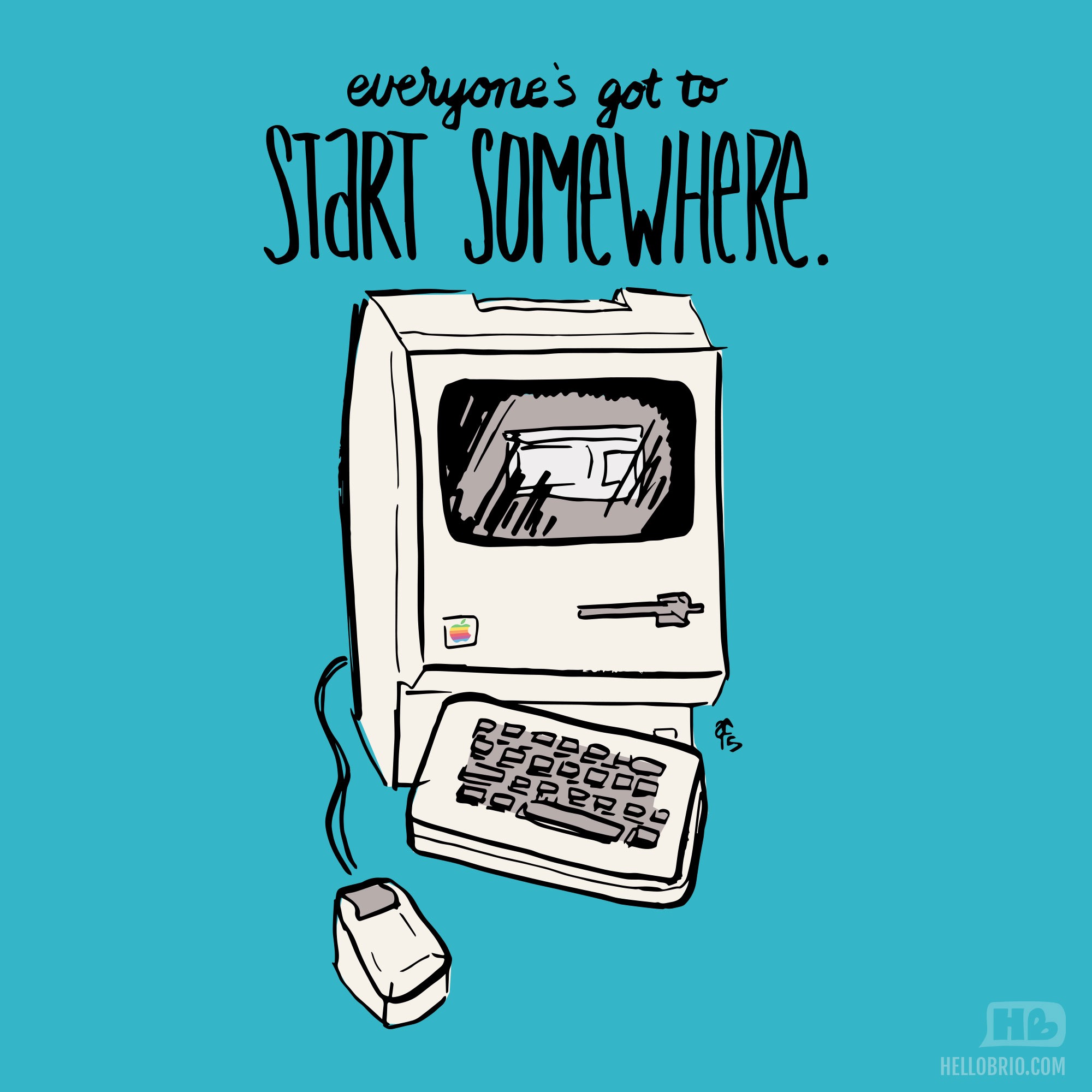
What are some of the design, development, and project management tools in your workflow?
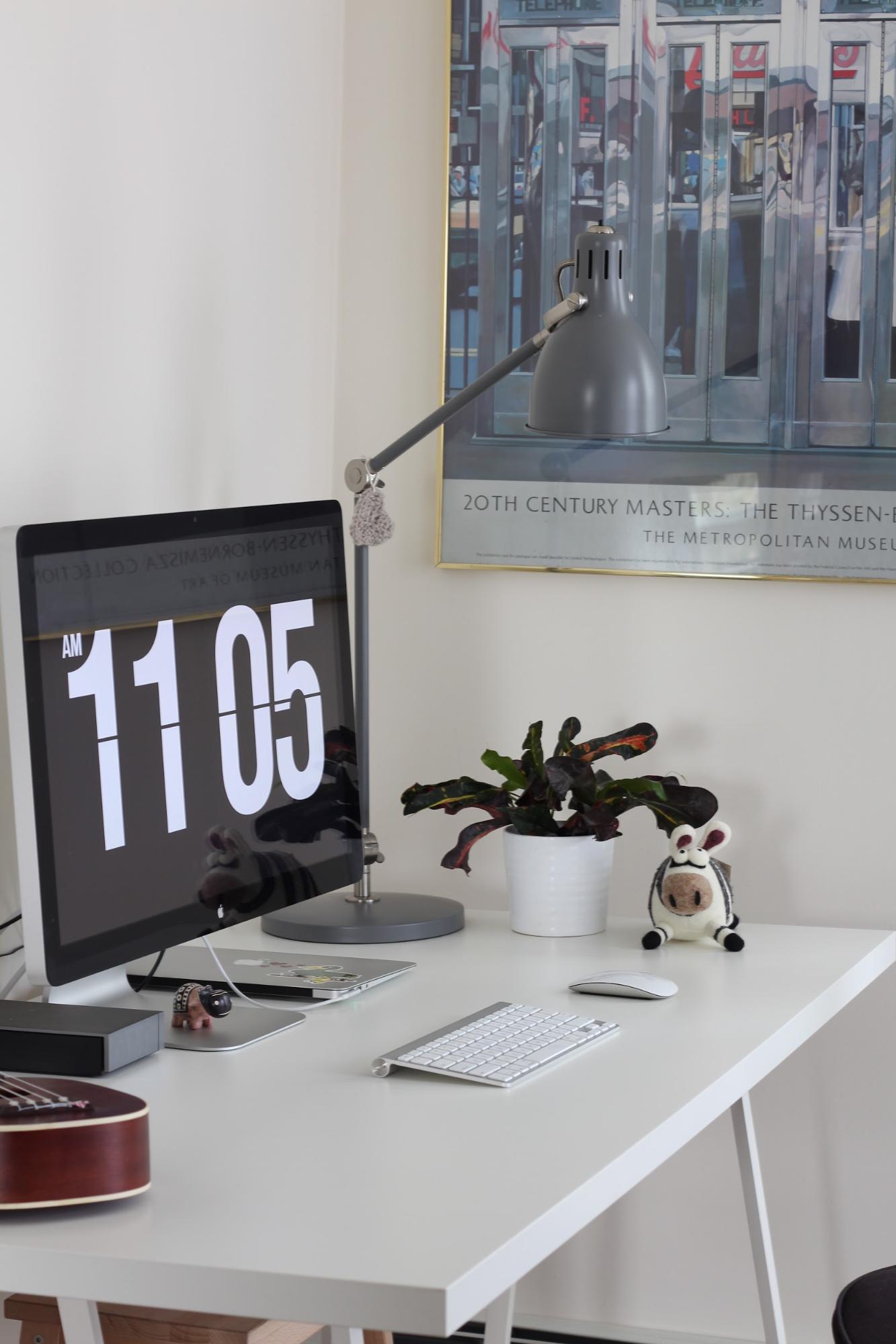
A lot of my design tools surround the Adobe environment, namely Photoshop and Illustrator, simply because I’m working on hand lettering and illustrations. For recording my courses and tutorials, I frequently use ScreenFlow. I create all project handouts, worksheets, and cheatsheets in Sketch. Finally, I create fonts using Glyphs Mini.
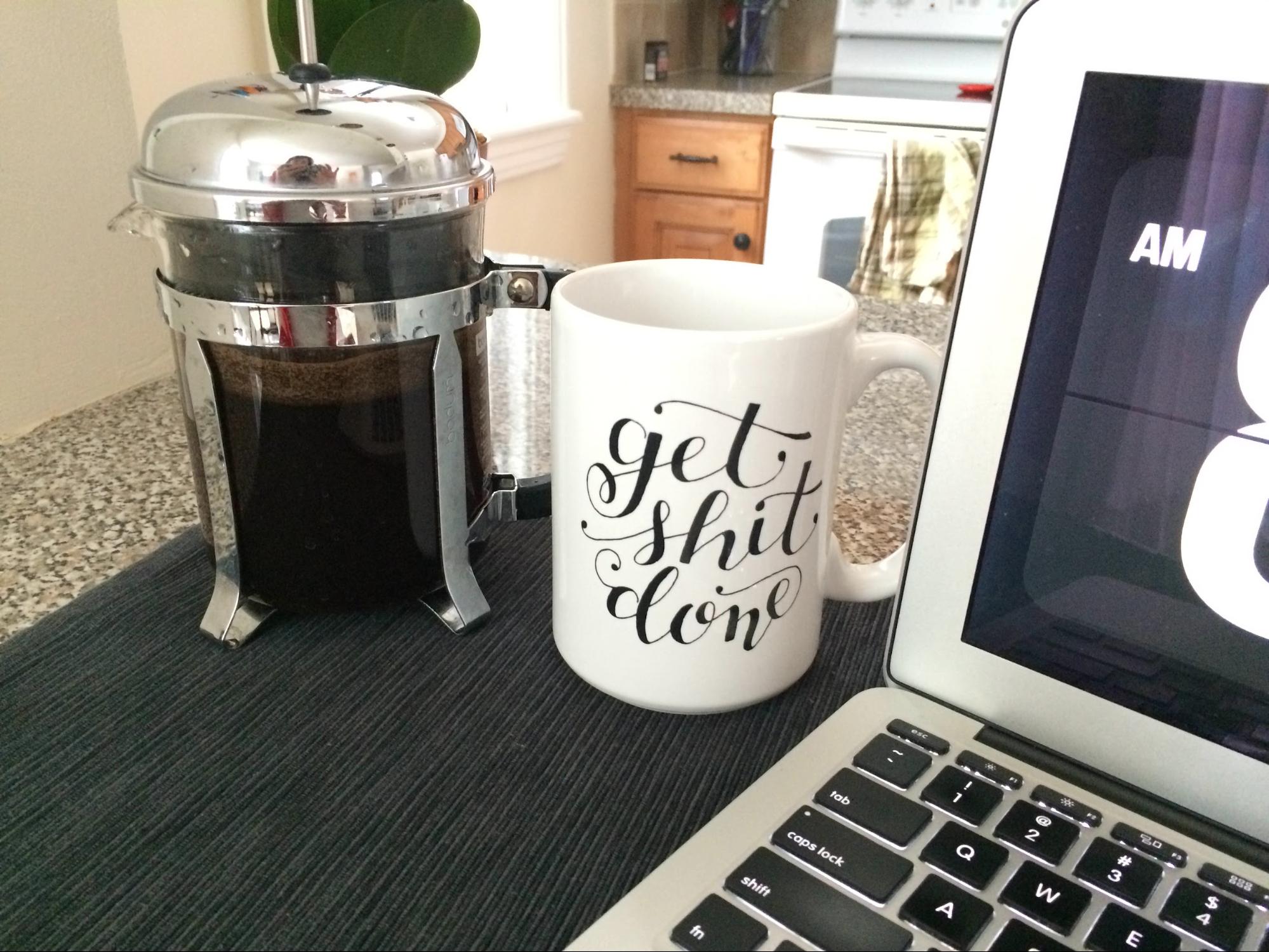
As far as project management goes: Evernote is my brain, and Toggl is my productivity manager for time-tracking. I hop into Trello every once in a while to collaborate on guest blog posts. I rely heavily on my Reminders app on my phone. Finally, a good old-fashioned notebook helps me flesh out ideas that simply can’t be brainstormed on the computer.
How did you get introduced to Sketch and what do you like most about it?
I got introduced to Sketch while I was working as a social media and marketing person for the graphic design company—everyone was talking about it, and I was very curious. I downloaded it at my UI design job and haven’t gone back. In fact, I try to convince any new person I come across to switch to Sketch for web and UI work.
I love how simple it is for web and UI work. The app knows its audience and its users, and provides just those tools—nothing more and nothing less. Plus, even though it’s outside of the comfortable Adobe environment, it’s incredibly intuitive and easy to learn, even in a weekend.
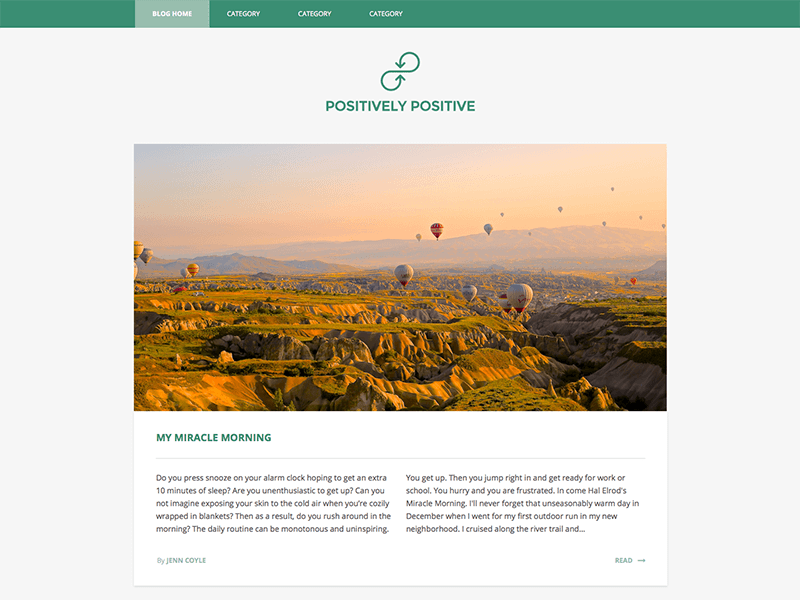
What advice would you offer to those starting out in the field?
If you’re just getting started in design, keep in mind it’s a monstrous field with many avenues and options available to you. My best advice is to work on the projects you think you want to work on, even if you’re not being hired to do so. What do I mean by this?
Think you want to be a logo designer? Find five real-life companies you think need a logo redesign. Research their company history, their mission statements, their audience, their products. Design their logo. Go through the entire process. At the end of your “project”, take a step back and do some hard analyzing: did you like the process? Why or why not? What did you like and what did you dislike?
Try to immerse yourself in the design fields you think you’re interested in. Don’t hover above the work and get lured into the romantic aspects of the design field—get your hands dirty and make the work come to life.
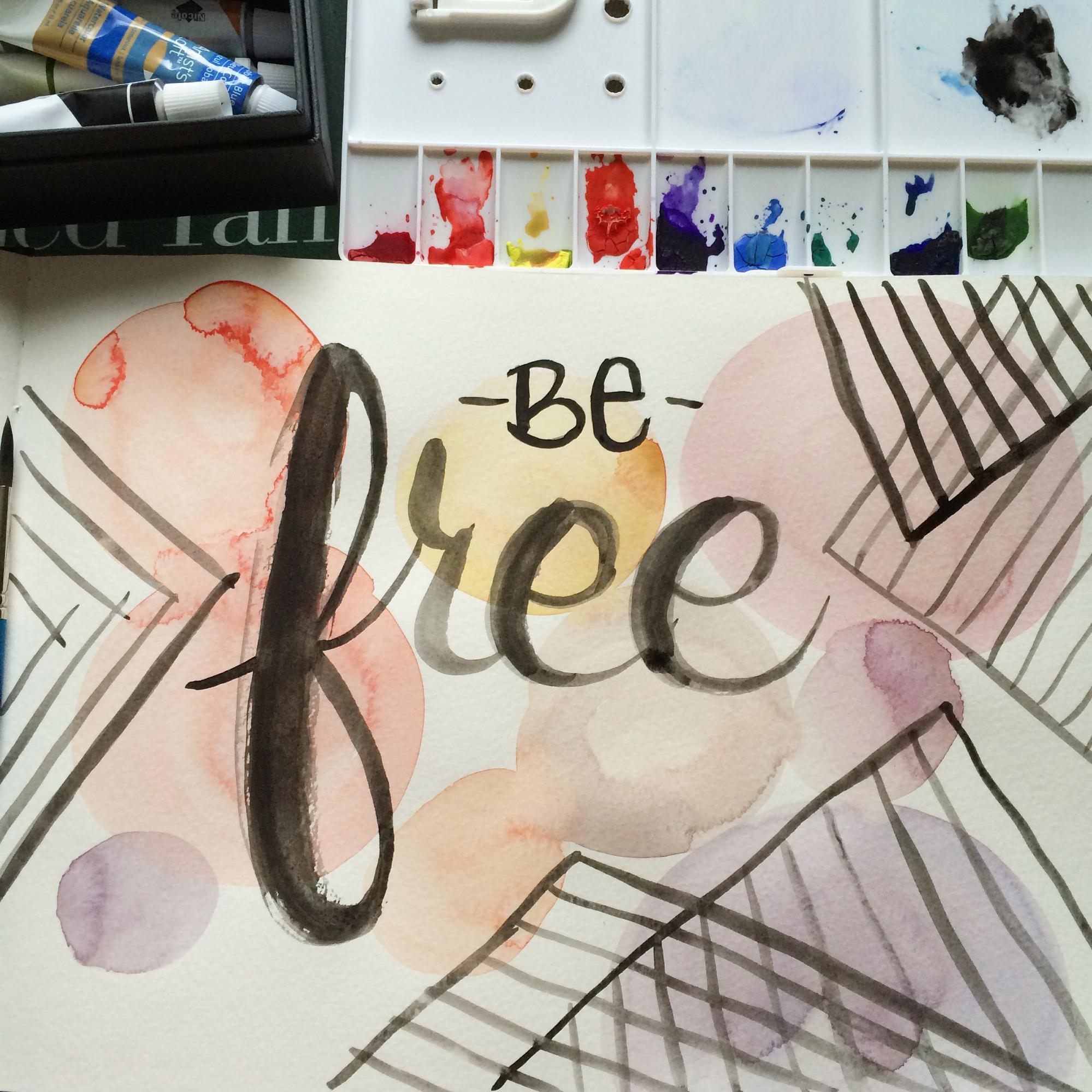
What makes you smile or enjoy life?
While most of my business surrounds being glued to a computer, I most enjoy taking a step back and unplugging. Being creative in a non-digital space is liberating and is good for the mind. It’s even better when you can share your analog creative time with loved ones!
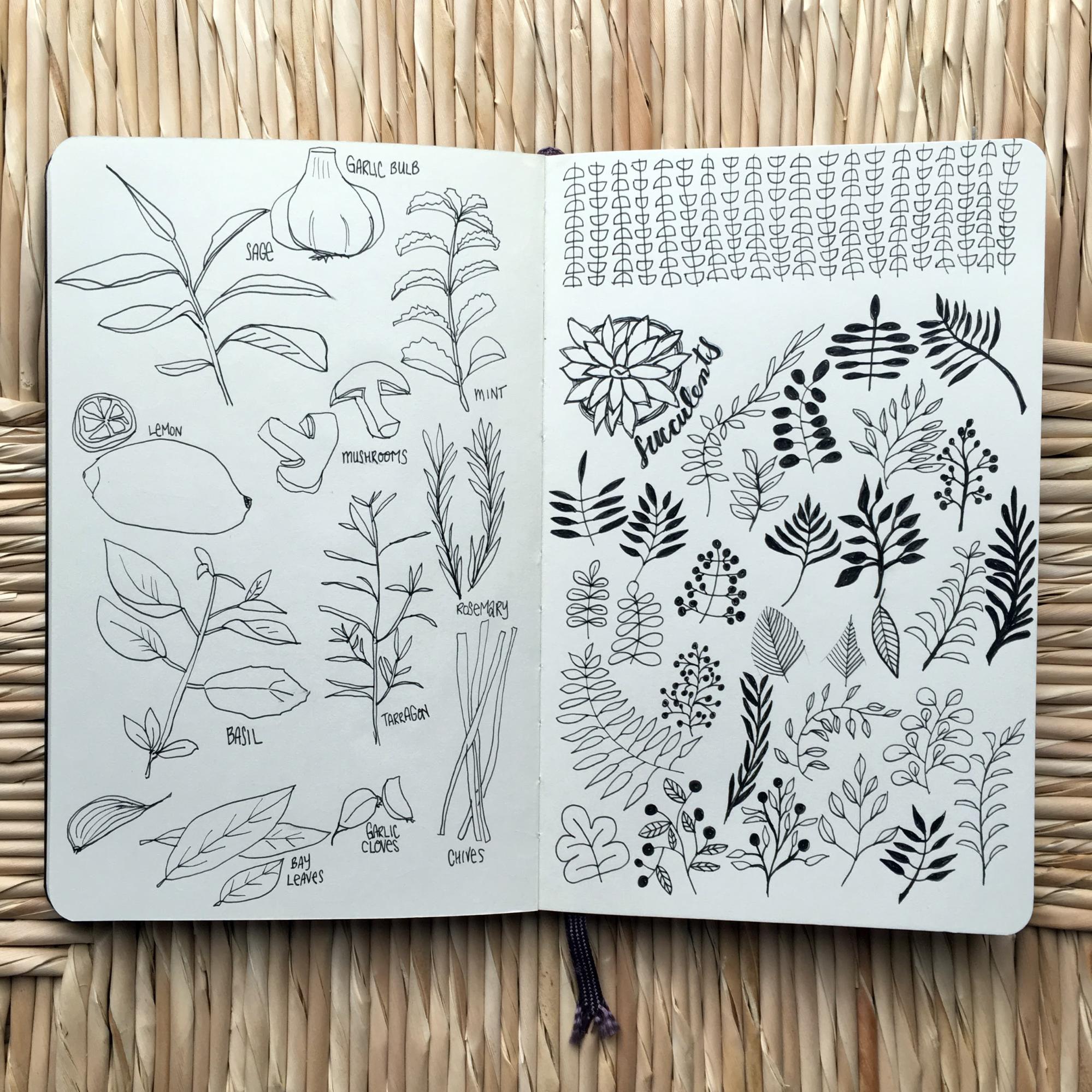
Where do you most like to travel?
I love going to new cities to explore. I lived in Boston and Philadelphia and city life suits me. Being able to go to a new city and plop down in a local coffee shop to work is one of my favorite things to do.
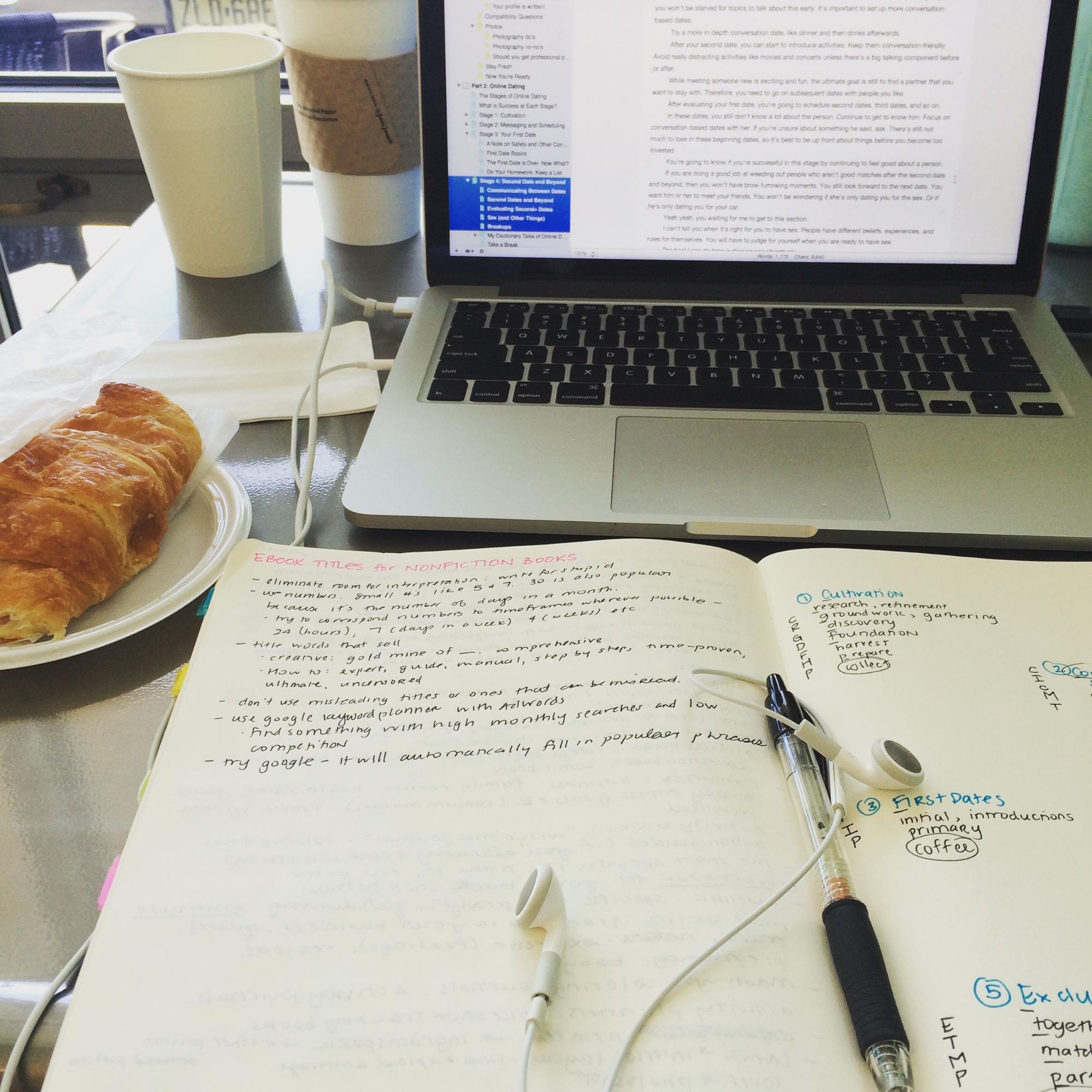
We hope you enjoyed meeting Jenn. You can connect with Jenn on her blog hellobrio.com and on Twitter @hiJennCoyle.
